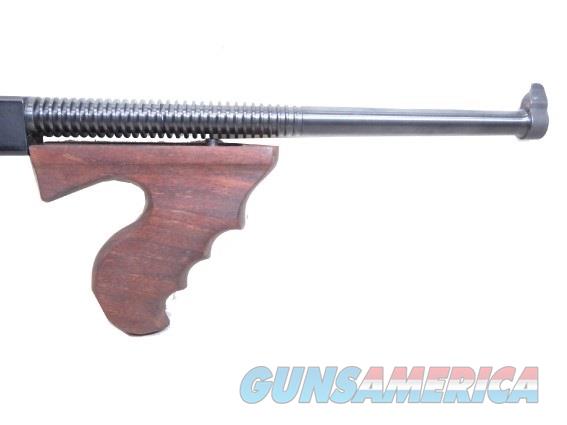

In 1938 Leonard Lord joined the company board and became chairman in 1946 on the death of Ernest Payton.ġ939 - 1958: The war years and afterwardsĭuring the Second World War Austin continued building cars but also made trucks and aircraft, including the construction of the Lancaster bombers of 617 squadron, better known as the Dambusters. Deputy chairman Ernest Payton became chairman in 1941 on the death of Herbert (now Lord) Austin. With the help of the Seven, Austin weathered the worst of the depression and remained profitable through the 1930s producing a wider range of cars which were steadily updated with the introduction of all-steel bodies, Girling brakes, and synchromesh gearboxes but all the engines remained as side valve units. A 45/55 hp diesel model was also produced in France.Īustin's French tractor production ended with WWII as the German company Krupp took over the factory during the war. subsidiary operated under the name American Austin Car Company from 1929 to 1934 it was revived under the name " American Bantam" from 1937 to 1941.Īt the 1933 Paris show Austin displayed a new range of large Kerosene tractors of up to 55hp. At one point it was built under licence by the fledgling BMW of Germany (as the Dixi) Japanese Datsun as Bantam in the United States and as the Rosengart in France.Ī largely independent U.S. To expand the market share smaller car models were introduced with the 1661 cc Twelve in 1922 and later the same year the Austin 7, an inexpensive, small and simple car and one of the earliest to be directed at a mass market. This triumvirate of Austin, Payton and Engelbach steered the company's fortunes through the inter-war years. Production continued in the UK till 1927 on a small scale.Ĭritical to the recovery was the appointment in 1922 of a new finance director, Ernest Payton with the backing of the Midland Bank, and a new works director in charge of car production, Carl Engelbach, at the insistence of the creditors' committee. The Austin tractor was well received in France but as there was tariffs protection in place, it was too costly so to get round the problem Austin bought a farm and a factory in France, he then imported them back in to Britain instead. In World War I Austin grew enormously with government contracts for everything from artillery to aircraft and the workforce expanded from around 2,500 to 22,000.Īfter the First world war Herbert Austin decided on a one model policy based around the 3620 cc 20 hp engine and versions included cars, commercials vehicles and even a tractor but sales volumes were never enough to fill the vast factory built during war time and the company went into receivership in 1921 but rose again after financial restructuring. The first car was a conventional 5 litre four cylinder model with chain drive with about 200 being made in the first five years. Herbert Austin (1866–1941), later Sir Herbert, the former manager of the Wolseley Tool and Motor Car Company founded The Austin Motor Company in 1905, at Longbridge, which was then in Worcestershire (Longbridge was a village next to Northfield became part of Birmingham in 1911 when its boundaries were expanded). History 1905 - 1918: Formation and development 1.3 1939 - 1958: The war years and afterwards.

1.1 1905 - 1918: Formation and development.


 0 kommentar(er)
0 kommentar(er)
